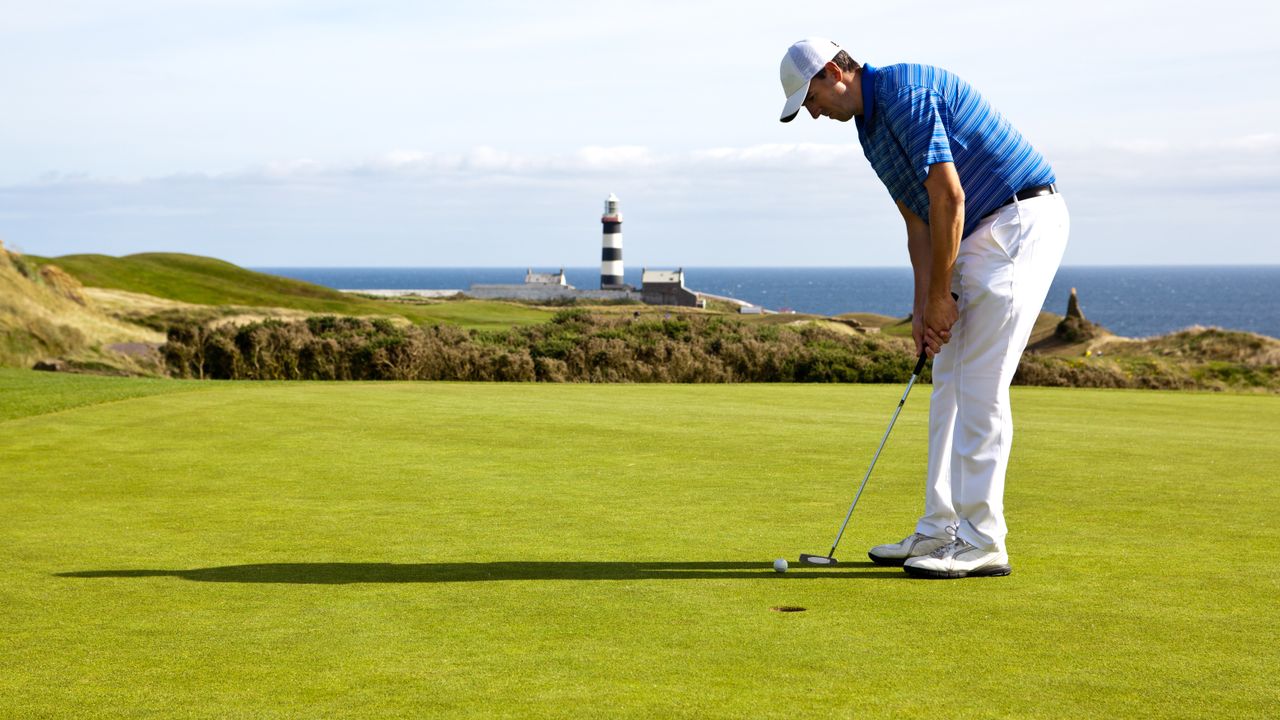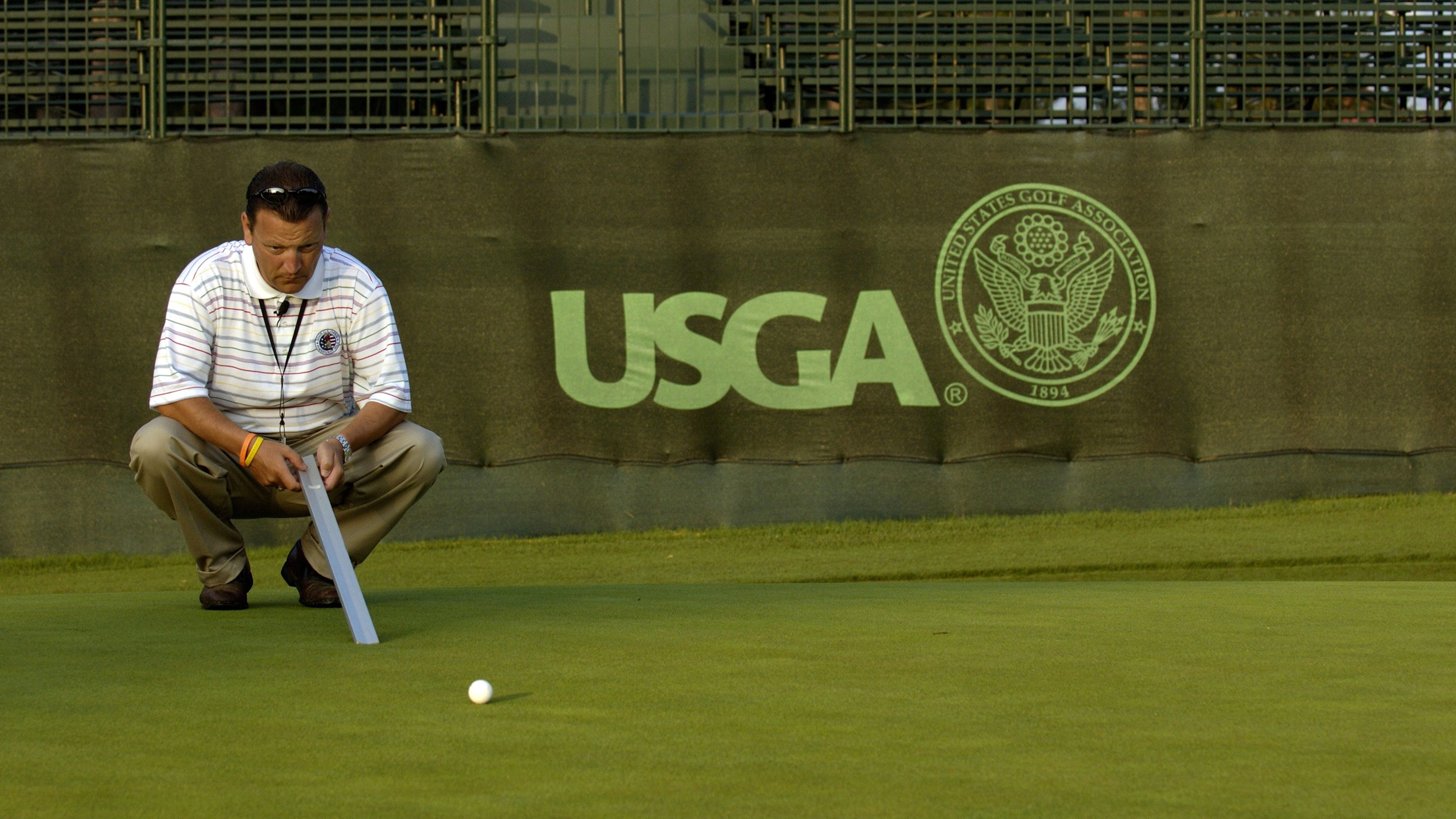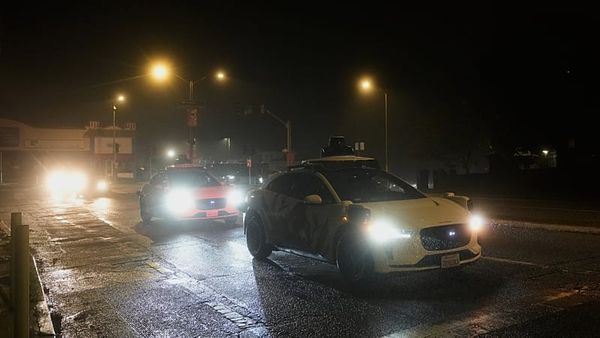
The speed of a green is measured by a stimpmeter. In essence, a stimpmeter is a chute placed on one of the flatter sections of the putting surface and the ball is rolled down this chute and a measurement is taken of how far across the green the ball has rolled. The further the ball has rolled, the faster the green is.
Stimpmeter readings are given in feet, corresponding to the average roll. The USGA defines a reading of 8 slow, 10 as medium and 12 as fast for a typical course.
So how does this speed affect the reading of putts? Well, the slower a ball travels across a surface, the more time there is for a sideways slope to affect the direction of the ball.
It might seem counter intuitive – and it certainly seems to have confused some of the AI bots who provide answers – but the faster a green is, the slower a ball will likely be travelling across it at the outset of the putt.
How fast equals slow – and vice versa
If it helps, think of a fast green as one where it is harder to put a brake on the ball. So on fast greens putts have to be hit softly, or slowly, as they will take longer to stop. On a slow green, the ball will slow or pull up sooner, so putts on a slow green have to be hit harder and so the ball is set off faster.

The quicker a ball moves over a surface, the less time there is for it to be moved laterally by a sideways slope. For this reason, slower putts, i.e. those made on fast greens, will turn more.
Similarly, a downhill putt will turn more on a contoured sideways slope than an uphill putt across that exact same slope will.
But how much putts turn can depend also upon the style of the player. Some golfers aim to putt the ball softly enough that the ball will die in the hole; other putters aim to rattle the ball in. The latter type of golfer hits the ball harder than the former, and so their putts will break less.







